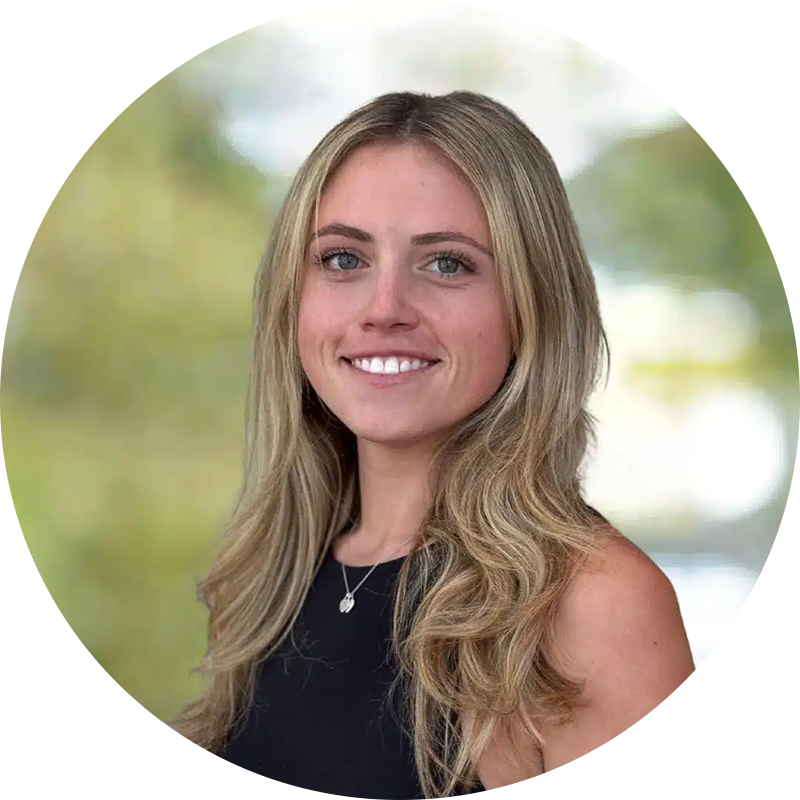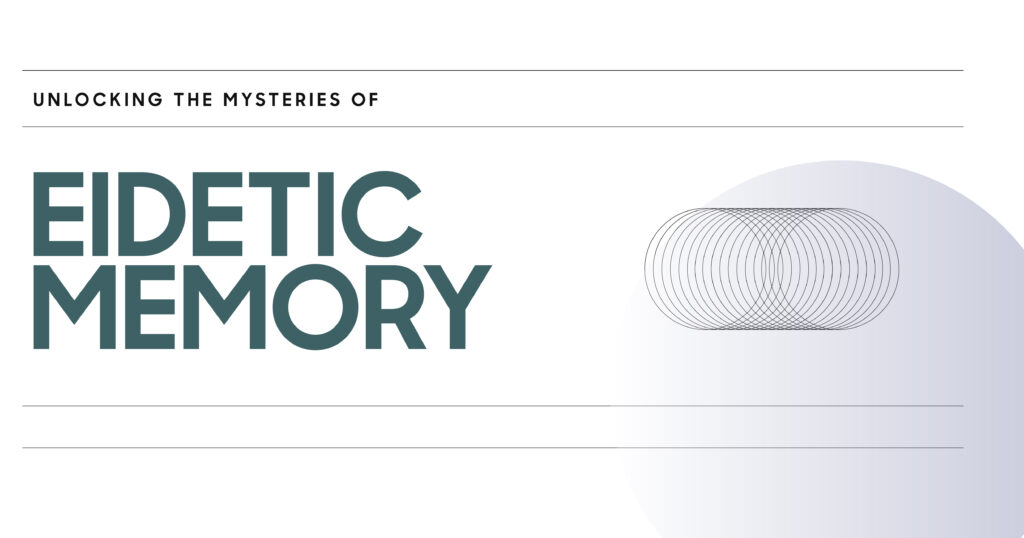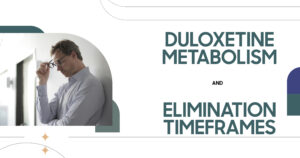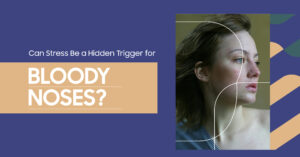The mind of the human being is full of wonders. Some individuals can remember tunes they heard in their childhood, and some can even remember a book’s pages word by word as if it’s in front of them. One of the most curious and least common of such talents is the eidetic memory, and it has been confused with that so much praised, the so-called “photographic memory.” But what is eidetic memory? What is its operation mechanism, and why does it interest psychologists, educators, and everybody in general?
In this blog, we shall attempt to discover the secrets of eidetic memory, namely, its origins, the difference between it and photographic memory, and the mechanics of eidetic memory in the brain, besides the many myths believed to shroud it.
What Is Eidetic Memory?
The capacity to recount an image or sound, or object, repulsively or vividly, once taken away from the eye, is Eidetic memory. The eidetic memory (in contrast to normal memory recollection) creates a mental image that is nearly live, evoking vivid memory of a specific subject without deterioration and distortion with time.
- It is normally related to visual memory and pictorial images.
- This rare ability is more likely to be exhibited by children than adults, although it normally disappears with age.
- The memory is scarce – only a few minutes, most of the time- but immensely vivid.
Treat Mental Health Washington
Historical Context and Origins of Eidetic Memory
Exceptional memory is a centuries-old fascination. Early Greek scholars, such as Aristotle, wrote on the mind’s ability to hold on to images. Nevertheless, eidetic (a word of Greek origin, eidos, form, and shape) entered the psychology discipline in the early 20th century.
The initial experiments sought to investigate this phenomenon among children. Although some of them were able to give a very detailed description even after the removal, this was still surprising. These investigations brought forth controversies on whether eidetic memory is inborn, trainable, or even a more vivid imagination.
Differences Between Eidetic Memory and Photographic Memory
Though eidetic and photographic memory are used interchangeably, these two are not similar.
The following table summarizes the key differences:
| Aspect | Eidetic Memory | Photographic Memory |
| Duration | Short-term (seconds to minutes) | Long-term (potentially years) |
| Accuracy | High detail but fades | Hypothetically perfect, like a “photo” stored in the mind |
| Occurrence | Rare, usually in children | No conclusive scientific evidence |
| Process | Relies on vivid mental imagery | Often seen as an instant recall of any detail |
| Status in Psychology | Studied and documented | Considered more myth than fact |
Widespread Misuse of the Terms
The misunderstanding of eidetic is not the mixing up of eidetic memory and photographic memory – it lies in the understanding of extraordinary reminiscence as taught to us by language and culture. Over time, the two have been intertwined in their day-to-day use, creating a divide between scientific thinking and ordinary belief. This is an overlooked haze that has caused much confusion, particularly when the entertainment media feeds the concept with sound-and-scene effect:
- Most of them refer to eidetic memory, to which people say they have only a photographic memory.
- The surreal view of photographic memory being a superpower is a hyperbole of pop culture (movies, books, TV shows).
- It is true to note that science has not ascertained whether anyone can recollect all aspects with absolute precision over the extended periods.

How Eidetic Memory Works in the Brain
So, what is the role of eidetic memory in the brain? Research suggests:
- Activation of Visual Cortex: The visual cortex becomes active whenever one recalls an image by appearing to be looking at the source of the image.
- Sensory Memory Involvement: Eidetic memory greatly depends on sensory registers, which record momentary events in the world.
- Neural Plasticity in Children: A younger brain is more plastic, which could explain the existence of more eidetic tendencies in children.
Treat Mental Health Washington
Scientific Studies on Eidetic Memory
Over the decades, researchers have studied people with outstanding memories. Their findings reveal various aspects, some very interesting, some inconclusive.
An overview of significant research is provided here:
| Study | Findings |
| Early 20th-century child psychology tests | A small percentage of children could describe detailed images after exposure. |
| University of Chicago (1960s) | Showed that eidetic ability declines with age and is rare in adults. |
| Modern neuroimaging (2000s–2020s) | Found heightened activity in visual and memory-related brain regions when recalling images. |
| Case studies on “memory champions” | Often reveals reliance on mnemonic techniques, not actual eidetic ability. |
Common Myths and Misconceptions About Eidetic Memory
Let’s clear up a few myths:
| Myth | Reality |
| Eidetic memory = remembering everything forever | It is fleeting and typically lasts only minutes |
| Only geniuses have eidetic memory | Children of varying intelligence levels have displayed it |
| Photographic memory has been scientifically proven | There’s no hard evidence supporting its existence |
The Role of Eidetic Memory in Learning and Education
Although it sounds strange, eidetic memory offers interesting information on how individuals receive and process information. Its relation to visual learning demonstrates the strength of the power of mental imagery in learning. Based on the innate inclination of the brain to develop rich images, students can reinforce remembering and internalization, despite the fact that they might not be eidetic at all. The significant benefits are that:
- Better retention of the complicated information.
- Better participation in lessons.
- Promotion of innovative thinking.
Find Clarity and Balance With Treat Mental Health in Washington
Mental clarity and emotional balance are equally important in daily life, as we understand the mind’s ability to retain things in memory. At Treat Mental Health Washington, we guide other individuals through mental health difficulties in a compassionate, evidence-based, and personal manner.
You or somebody that you love is going to find peace when you are in need of clarity, peace, and mental wellness. Our committed team will be there. Call today and take the first step to healing.

Treat Mental Health Washington
FAQs
What is the distinction between eidetic memory and photographic memory in terms of visual memory and vivid recollection?
The memory of Eidetic is very brief, but it is very vivid, and a man can remember images in vivid detail only briefly. Scientific evidence that photographic memory exists is rather lacking, on the contrary, it is a perfect and long-lasting one.
How does eidetic memory function in the brain, and what role does cognitive psychology play in understanding this rare ability?
Eidetic memory is based on sensory memory and the visual cortex located in the brain. It reconstructs images to make them appear as if they have not disappeared. Mental imagery is explained through cognitive psychology because it studies the interaction of imagination, recall, and perception involved in creating such a colorful image in the mind.
What are some common myths and misconceptions surrounding eidetic memory and its exceptional recall capabilities?
Most people assume that through eidetic memory, one can recall all the facts throughout one’s life forever, when in fact, they are temporary and cannot be recalled after a few minutes. The other myth concerning this rare ability is that it is only carried in geniuses, yet there have been children of differing levels of intelligence who have been capable of achieving this ability.
Can eidetic memory enhance learning and education, and how is mental imagery utilized in this process?
Indeed, mental imagery may be a very potent educational tool; it creates a better understanding and retention of complex information among students. Visual learning tactics, diagrams, charts, and memory aids are useful in enhancing recall and understanding even without underlying eidetic memory.
What scientific studies have been conducted on eidetic memory, and what do they reveal about detailed memory and vivid recollection?
It has been found that the eidetic ability is not common, though it is more prevalent among children than adults and diminishes as an individual ages. Although this research confirms that there is actual vivid and observable recall, it also notes that photographic memory is yet to be proved and is an actual myth of culture.









